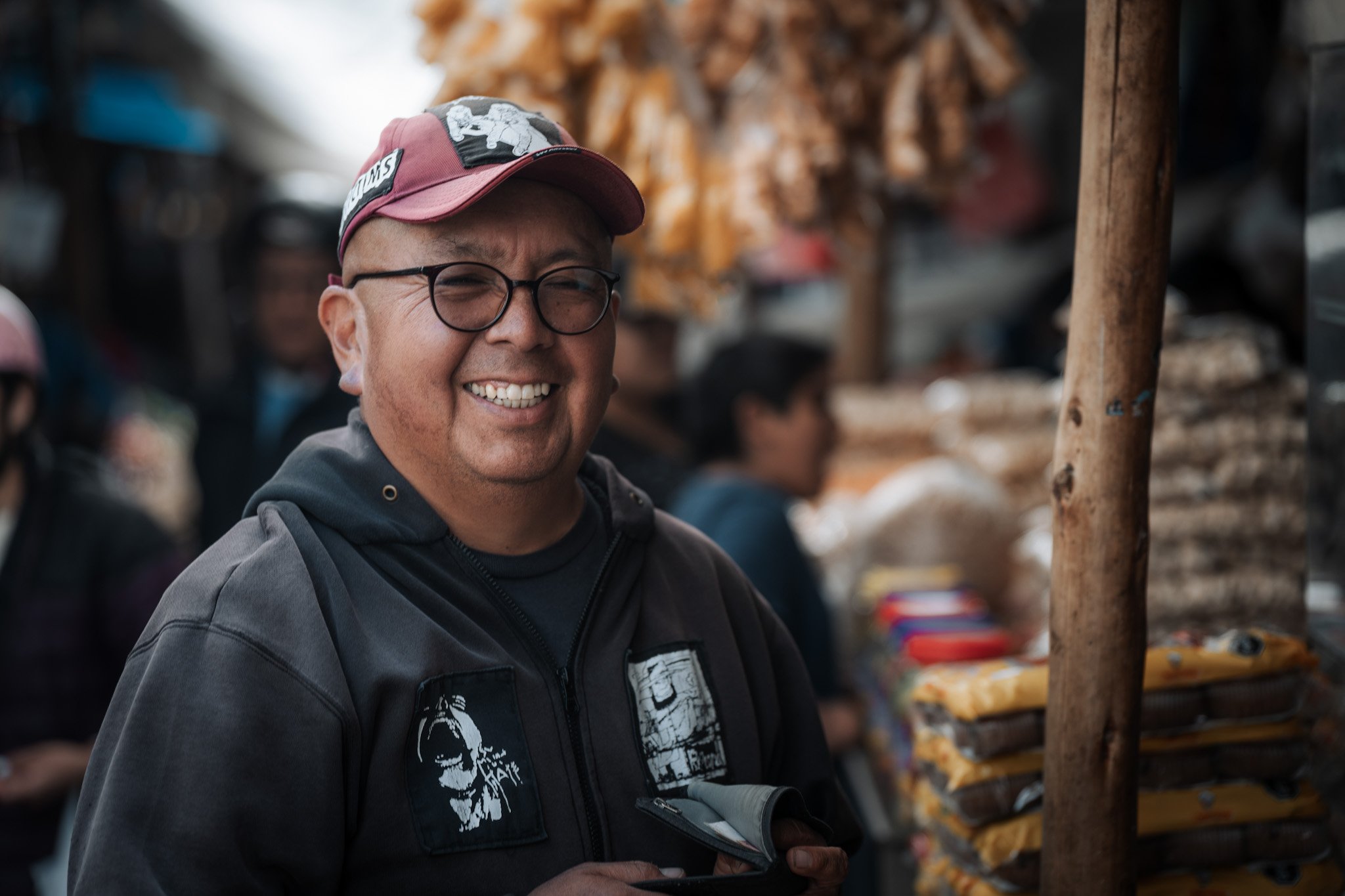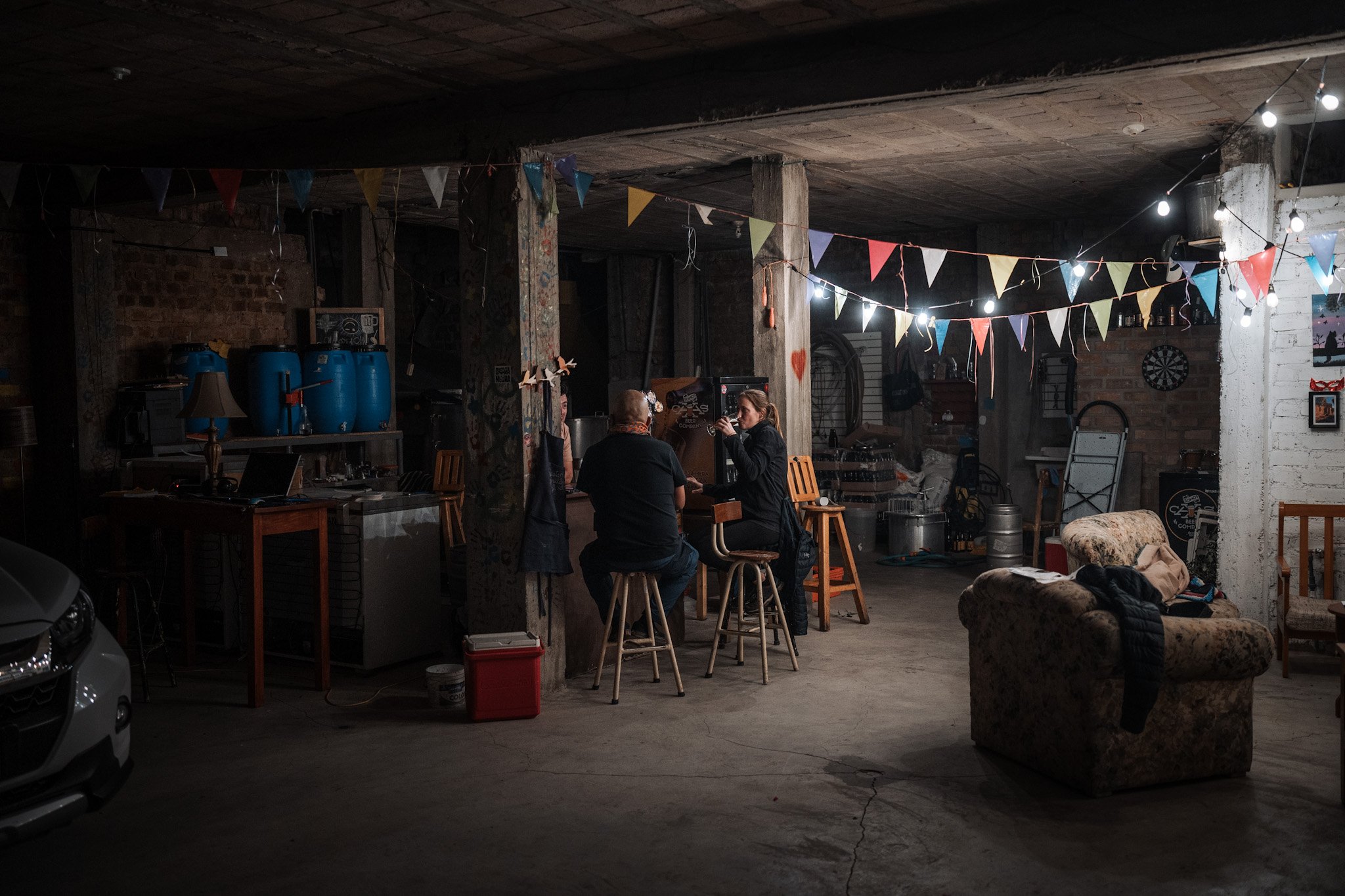Perú - La Balsa to Caraz
On 29.07.2024, the Independence Day of Peru, we cross the border.
In the first major city near the border, we take a rest day in our supposedly earthquake-proof hotel. In San Ignacio we only saw a few cars. Pretty much everyone drives the Motokar and the night belongs to the fearless.
From San Ignacio it went downhill for quite a while and it got warmer and warmer. The ride along the Río Chinchipe was super interesting. A lot is grown here, such as pineapple,
very high-yinding papaya trees,
Bananas, of course
and very nice rice terraces.
The region is also known for its cocoa plantations.
We find Guama really delicious, it grows everywhere on the side of the road and tastes like cotton candy.
We are coming to Cajamarca. The city is a little higher again, on approx. 2,700 meters in altitude. We spend a few days with Juan and Oda and what an incredibly nice time we had together.
We went to the market together. We have already been to countless markets on this trip, but the market in Cajamarca felt like a journey through time for us. We are sure that it is due to the very traditional clothing of the market women. Their huge hats are very striking.
We also see for the first time that guinea pigs, the so-called Cuy, are traded. They are a very common food in Peru and are often grilled as a whole on the spit. Since we only know the little rascals as pets, we already felt a little sorry for them when they were constantly taken out of the bag to see that there is enough fat on them. They are mainly fed with alfalfa, which is also abundant on the street market.
Juan taught us a lot and showed us a lot of vegetables and fruits that we didn't know.
In addition to punk rock, Juan's great passion is cooking. We were quite spoiled by him in culinary terms.
We looted the avocado tree in his garden. Before eating, they have to rest for about a week for the right level of maturity.
Of course, we wanted to know how the cocoa is processed and so Juan went with us to a small chocolate factory. The bars we had chosen at "La Shiliquita" did not survive the first evening.
Not only once, we had together a couple drinks with Juan's buddy Edwin. Edwin runs a small beer brewery in a backyard. There is no sign from the outside and the door only opens with the secret knock sign. "Caxas Beer" currently sells four varieties, one of which is experimental and changes more often.
With great memories, we say goodbye to Juan and Oda and look forward to seeing us again in the future.
Past the market women, we leave the city. To Caraz we follow the "Dirt Road Route" by Joe Cruz. It goes as you would expect, long uphill.
The life of the people here in the mountains seems quite "simple." Everyone is very friendly to us.
The animals are fully integrated in everyday life. Bulls plow the fields, horses separate grain seeds and the donkey helps with heavy loads.
We see a lot of sheep's wool hanging in the sun to dry, not infrequently also with skin and head. Women then process these into yarn with a hand spindle, from which new clothing (ropa) is later knitted. A nice woman shows us the technique. She turns the spindle like a humm turn.
For good thermal insulation, many houses are built of clay and straw. We only know something like this from our native Germany from old half-timbered buildings. The stones are made directly on the spot with the binding soil.
In the small villages we actually only find the essentials of snacks, but behind some door we always find a fresh pan.
In terms of scenery, we really like it and fortunately we also have a lot of tailwind at the moment.
When we leave the village of Cajabamba with its huge market, a dog is waiting for us at the exit of the village. As if we have known each other for an eternity, she remains by our side. She protected us from aggressive dogs and lay in the shadows when we took a break. She was so faithful and it almost tore our hearts when we decided to part with her on a long fast descent.
We are passing some mines. Peru is very rich in mineral resources. The water is also highly iron-containing and our filter does not get this metallic taste out. However, it is not a problem with a vitamin tablet.
Even if we collect many vertical meters every day, we find the gradients of the paths quite humane and we rarely need the lowest gear. We also see the Peruvian version of the Alpe d'Huez.
Unfortunately, we will not be able to set a new climbing record, because our route leads through a deep canyon along the Rio Tablachaca.
The 80 km through the canyon became a real highlight. Fortunately, we are here in the dry season. The water level at the river crossings was unproblematic.
We saw some tunnel entrances and gold washers. Later we learned that many of the mines are operated illegally and that chemicals often pollute the rivers.
The second half of the stage was even paved and went downhill throughout. We flew through the colorful canyon like Maverick and Rooster.
Till the next larger city of Caraz, we ride another two days through deep canyons and countless tunnels.
Shortly before Caraz, we will see a part of the Cordillera Blanca for the first time, which we will explore during the next days.
But before that we need a day of rest with a lot of food.




























































































































































